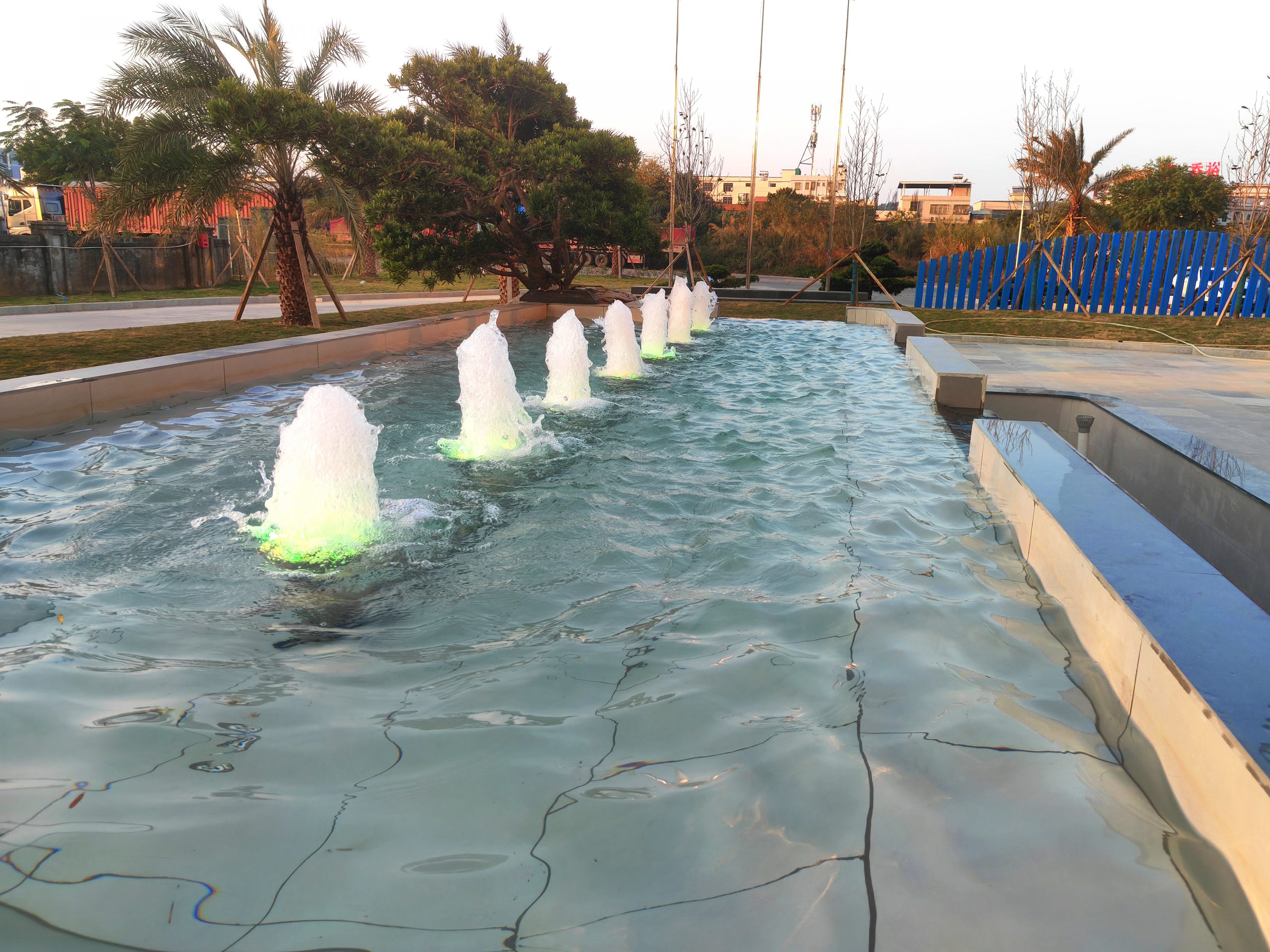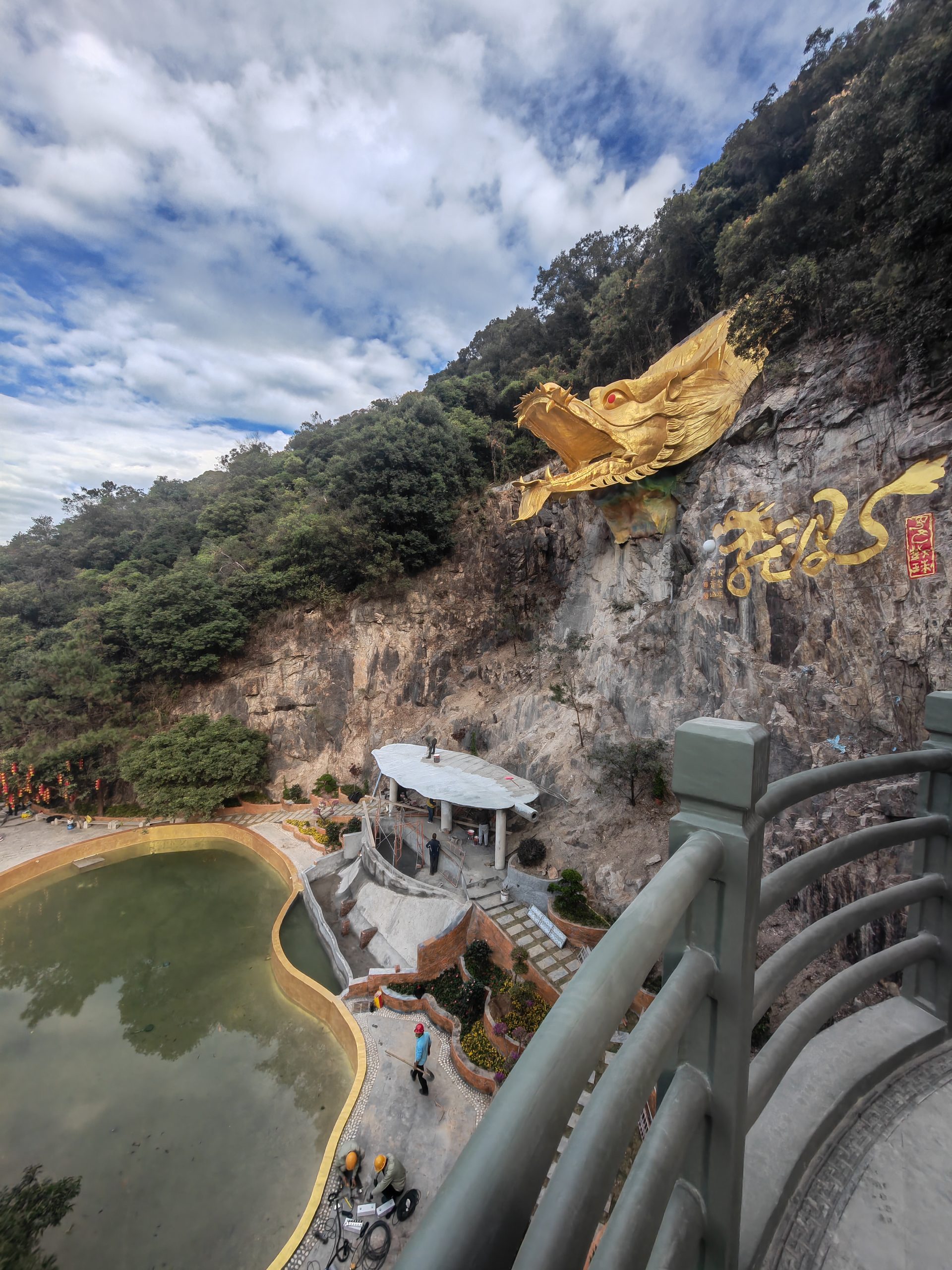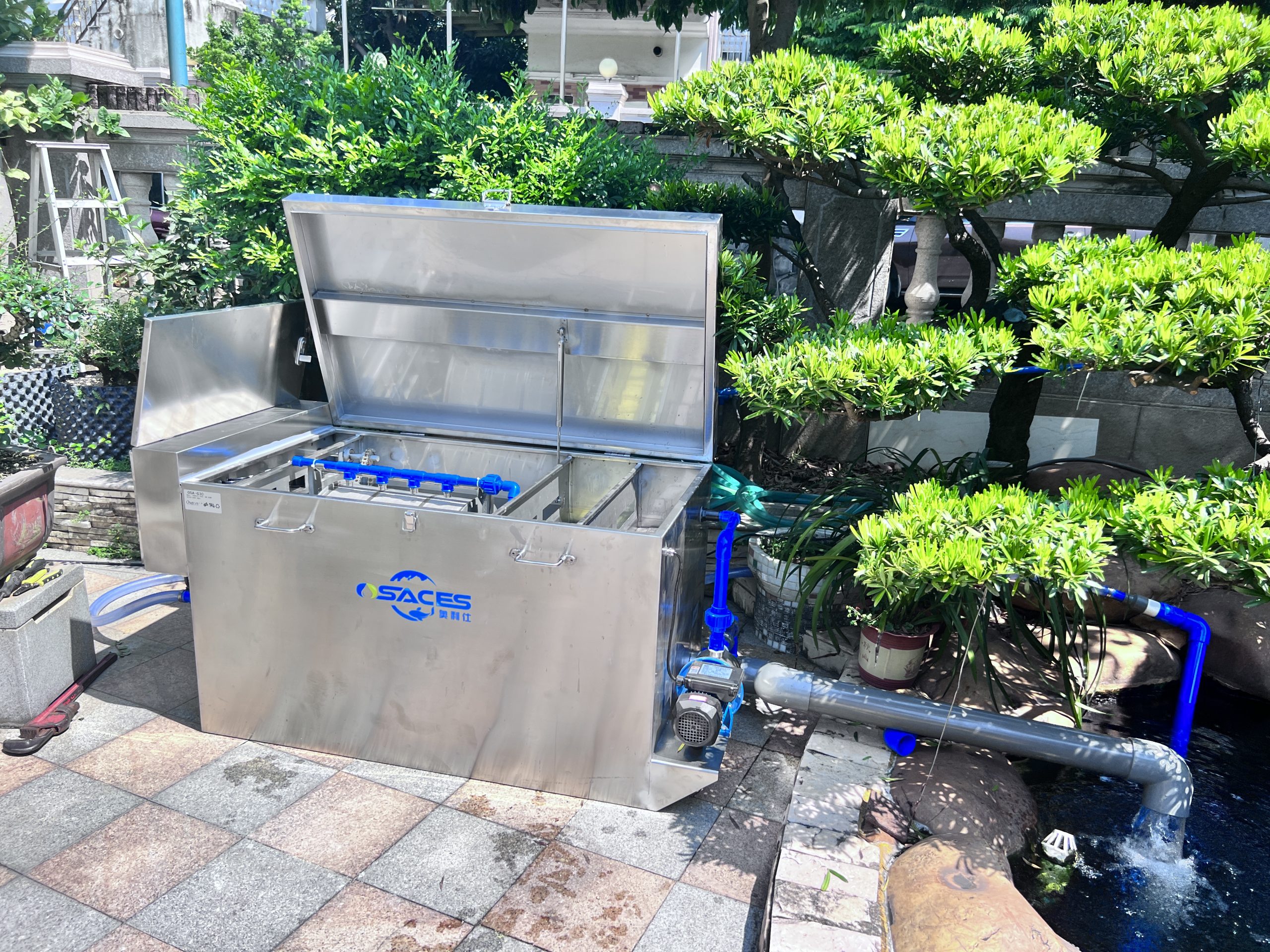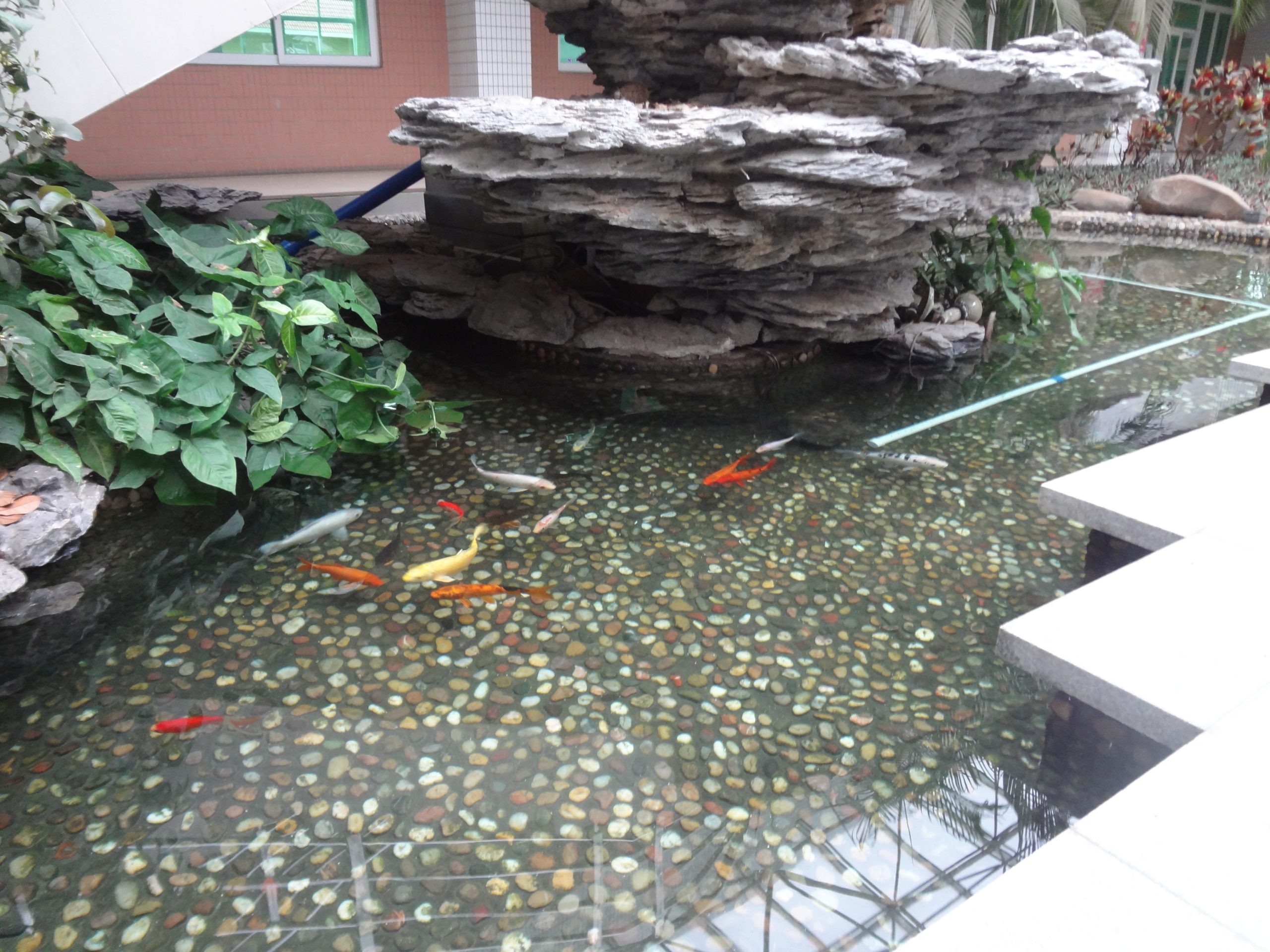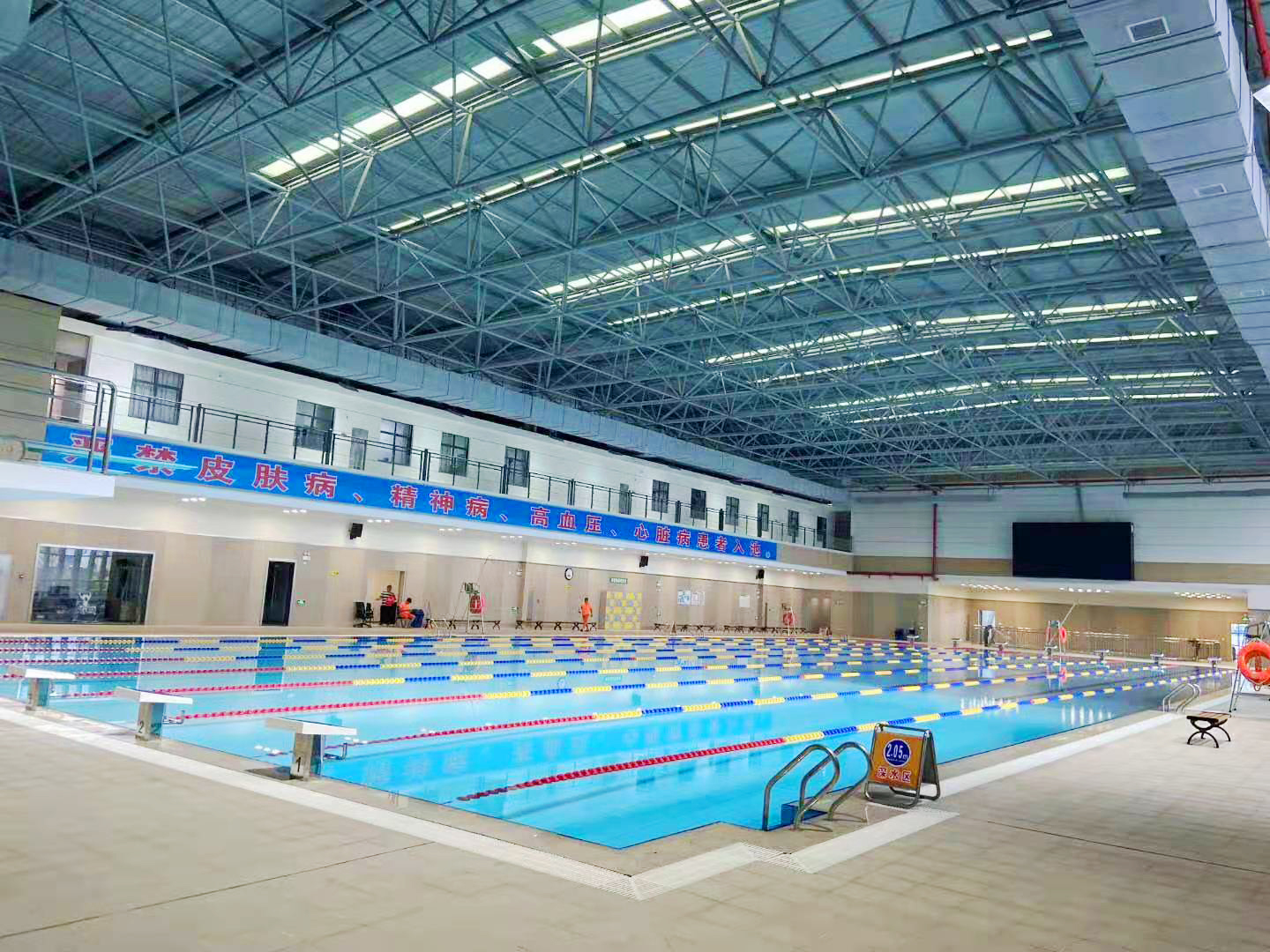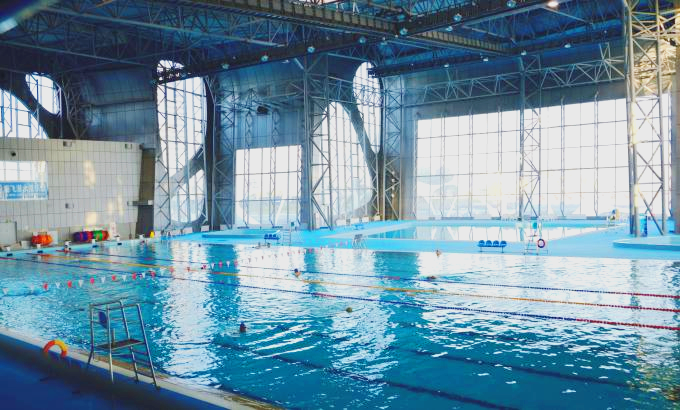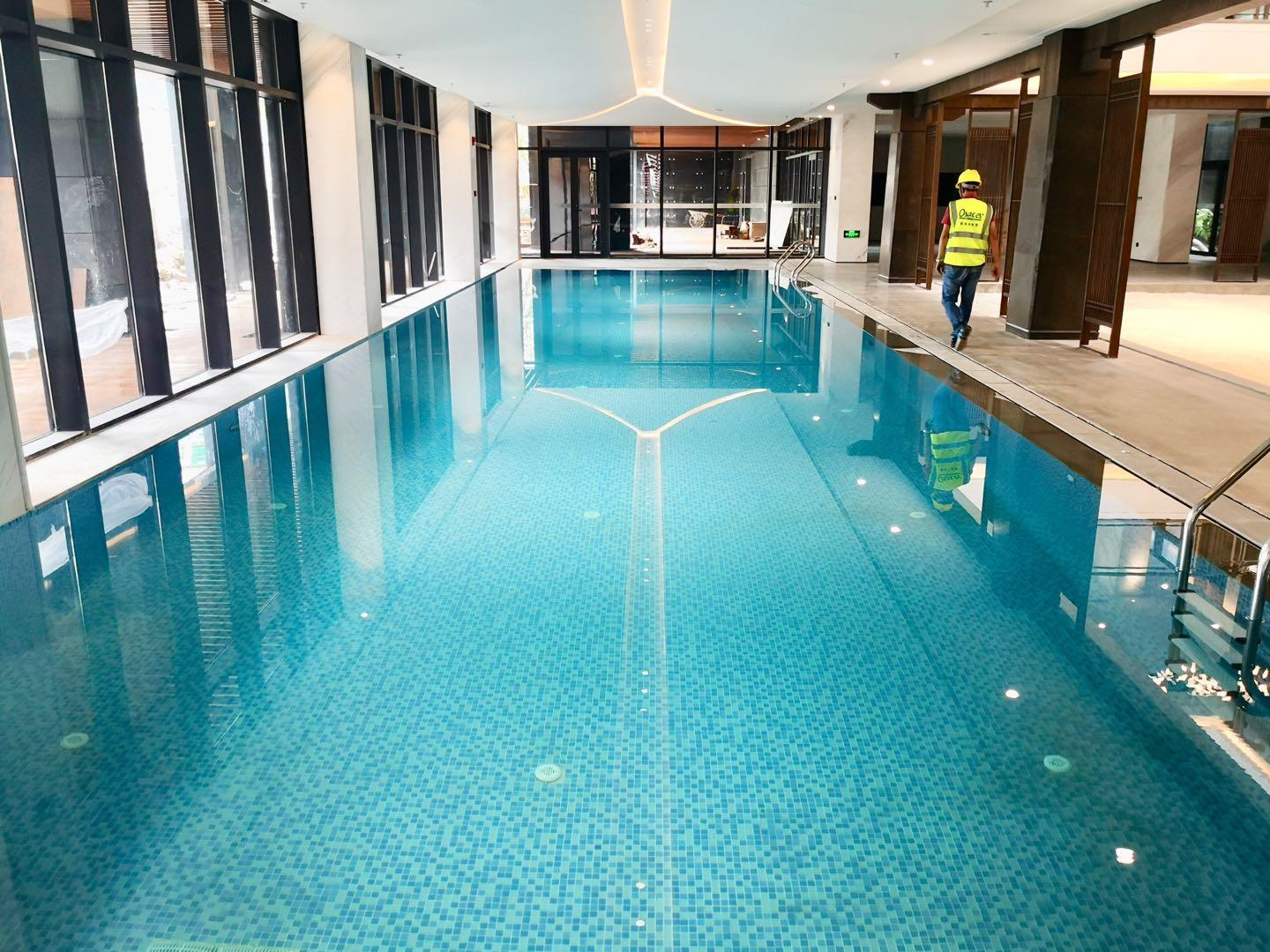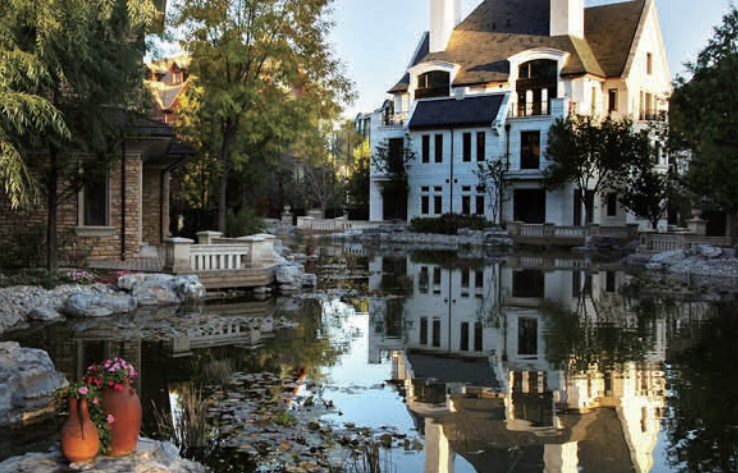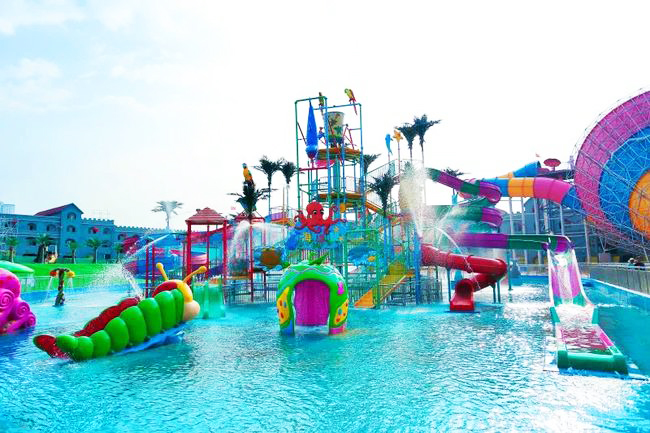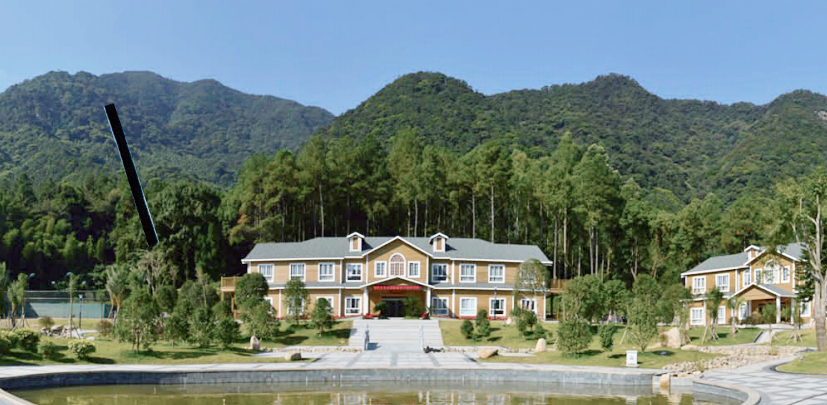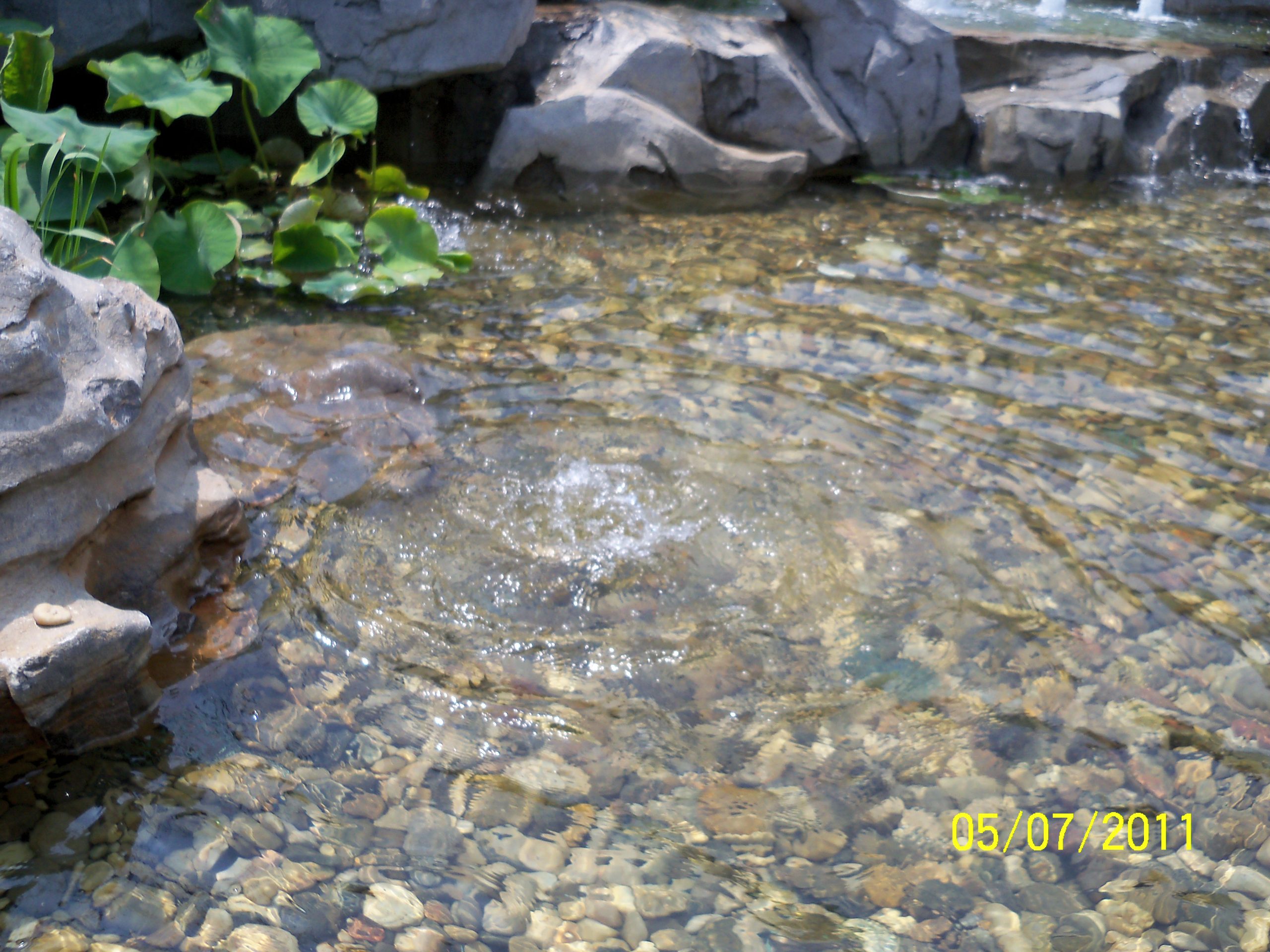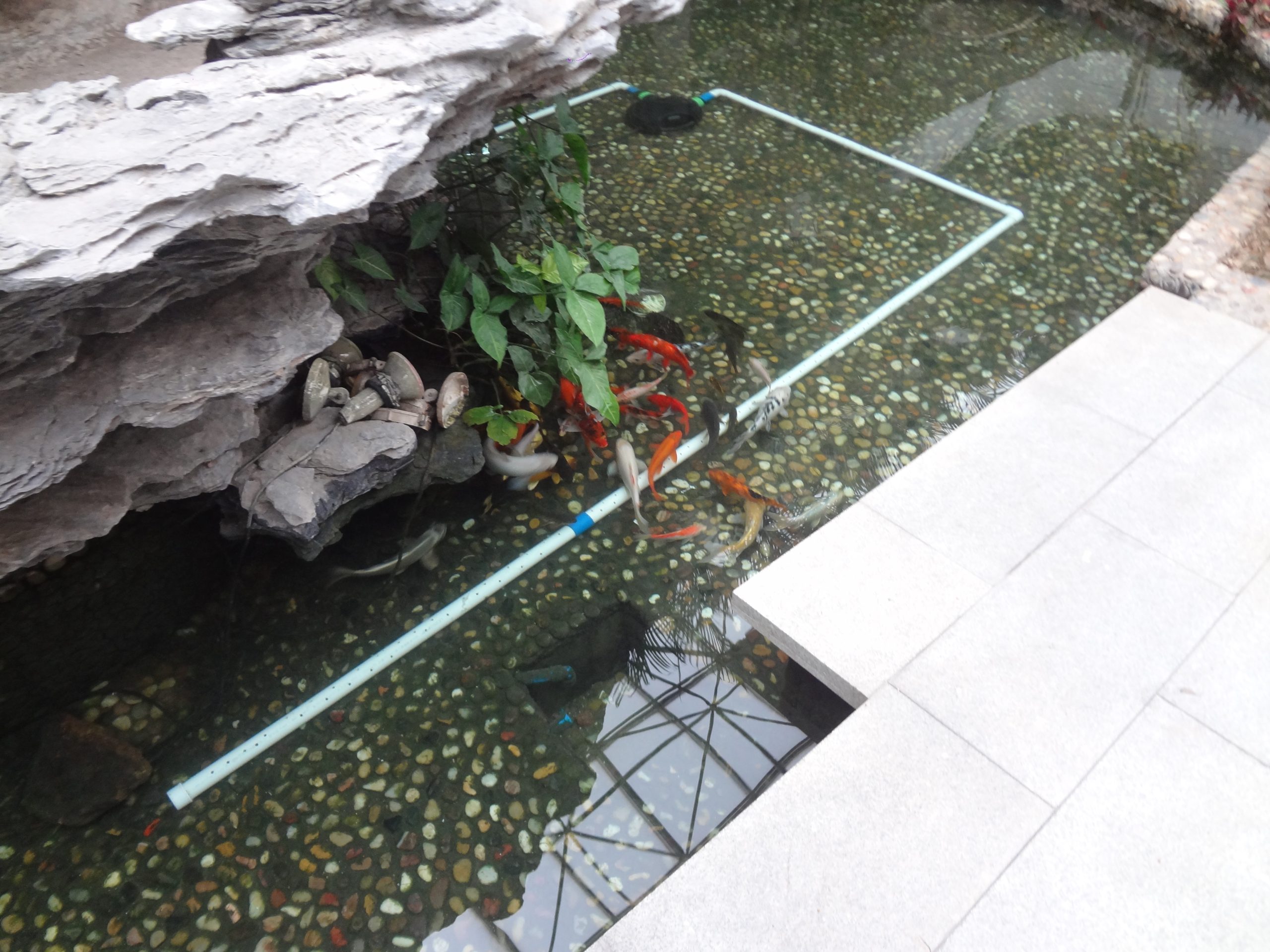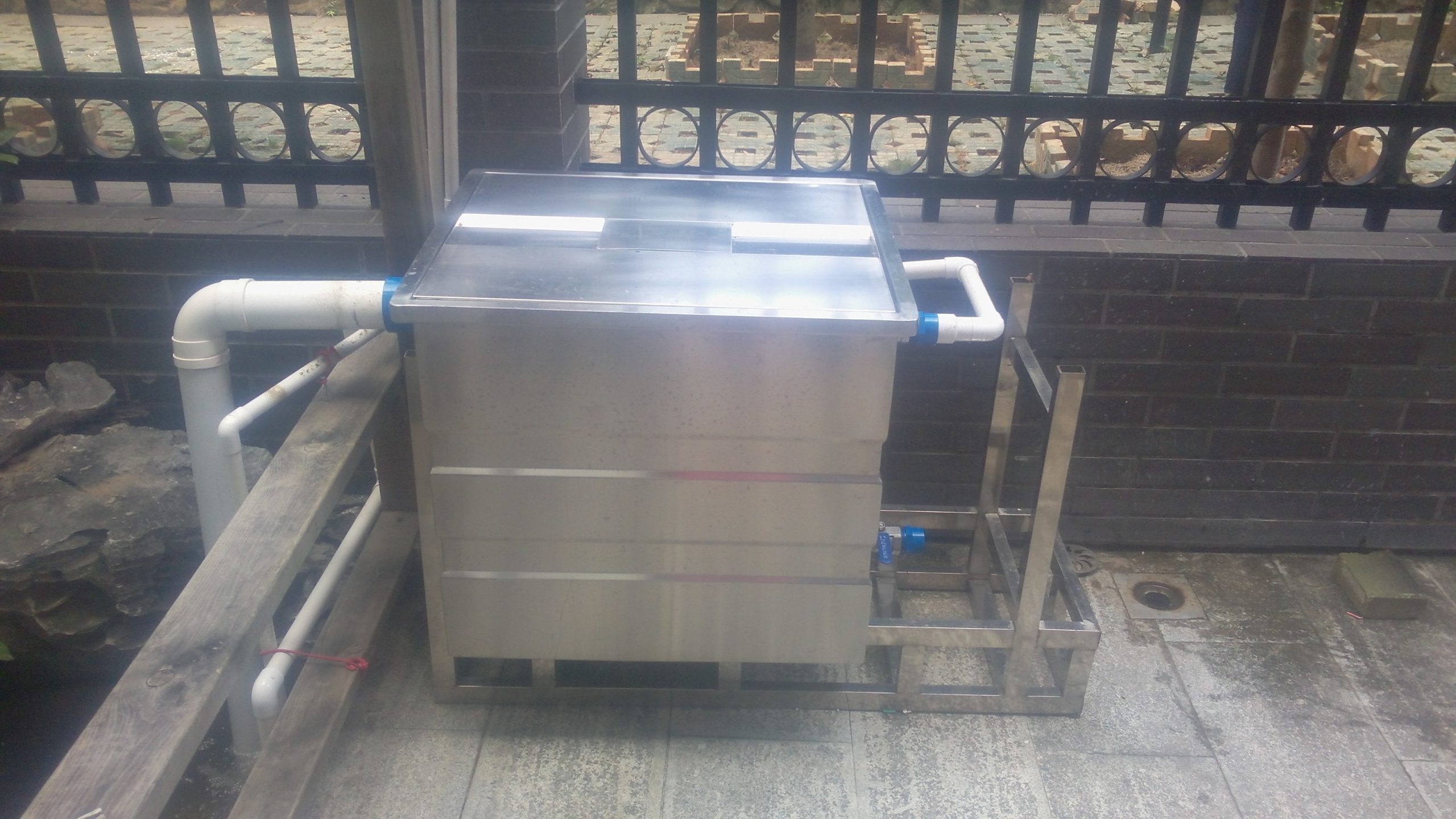common problems
contact details
 Ollies (Guangzhou) Recreation and Sports Equipment Co.
Ollies (Guangzhou) Recreation and Sports Equipment Co.Tel: (020) 82686289
Fax: 020-82694853
Headquarter: No.31-37, Xincun 2 Road, Shangjiang North Street, Dongzhou Village, Xintang Town, Zengcheng City, Guangzhou, Guangdong, China
Algae in the bottom of the pond has a lot to do with koi keeping
Algae in the pool is very common in koi farming. For these"frequenter"Should we just get rid of it, or should we just ignore it? In fact, different algae have different roles, and there is a learning curve in dealing with them.
First, the moss that grows on the bottom and walls of the pool is called benthic algae.This kind of algae usually appears in excellent water conditions, not only does it not affect the water color, but also helps to stabilize the water quality, which can be used as a delicacy for koi. Therefore, do not remove all of it when washing the pond, but generally just clean it briefly.
Secondly, planktonic algae. When this kind of algae multiplies in large quantities, the pool water will turn dark green. Although green algae does not cause harm to koi, if it exists in large quantities in the water body, it not only affects the appreciation, but also tends to destroy the original ecological balance system.
In addition, planktonic algae blooms are a sign of poor water quality, so they should be removed. Planktonic algae blooms occur in the spring, summer and fall and winter of each year, when the water temperature is between15until20℃when they are more likely to appear. Their presence is not a good thing, but fishers can effectively avoid planktonic algae by thoroughly washing their pools and changing the water.
Therefore, the way to prevent and control the emergence of planktonic algae blooms is to maintain water quality and avoid excessive nutrients in the water, such as controlling the amount of bait, not to have leftover bait, and usually pay attention to water changes and drainage.
Yellowish-brown diatoms or reddish red algae can be harmful to koi and should be removed as soon as they appear. The most harmful algae is the black hairy algae, which has a filamentous appearance and is black in color, which not only affects the koi, but also destroys the ecological balance of the breeding water. This kind of algae reproduces very fast when there are too many nutrient salts, and it is very difficult to remove them. The way to prevent it is to control the nutrient salt content in the water, remove the dirt in time, and avoid the leftover bait when feeding.
Related content
- Don't let rotting tails affect the koi's aesthetics
- What kind of water is good for fish? Talking more about green water for fish
- What to do if the water in your fish pond is unclear? How to keep the water fresh and clear
- Are you ready for the golden age of koi growth?
- What causes new koi to get sick easily?
- Case Sharing--Foshan Shunfeng Mountain Park 3600 square meters landscape pool purification project
- Case Sharing||Huizhou-- Intelligent Terminal Beidou Industry Production Project Fountain Fish Pond Purification Project
- Guangdong Guanyinshan National Forest Park 300m³ landscape fish pond purification project

